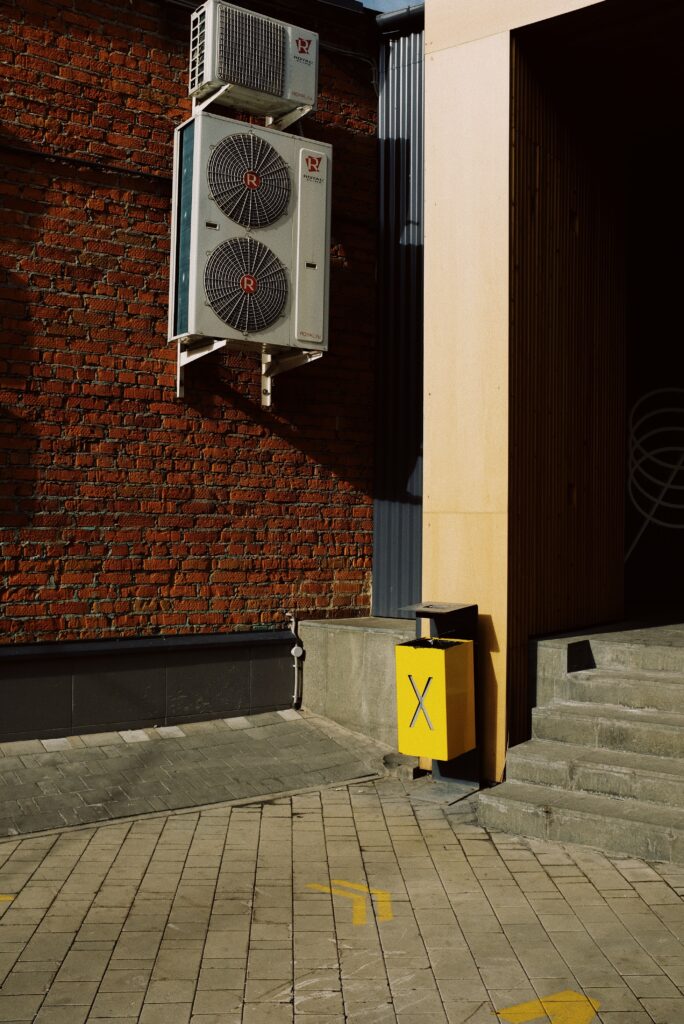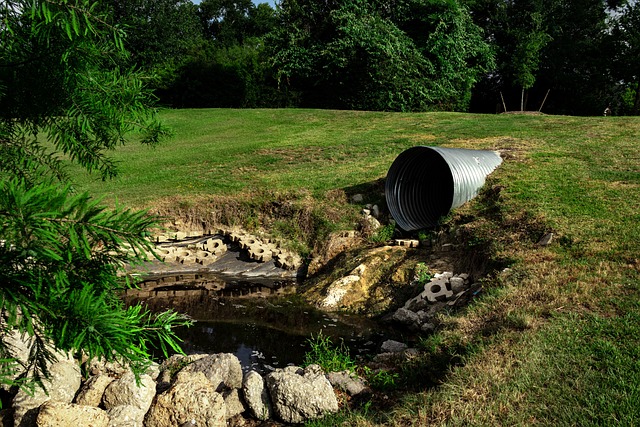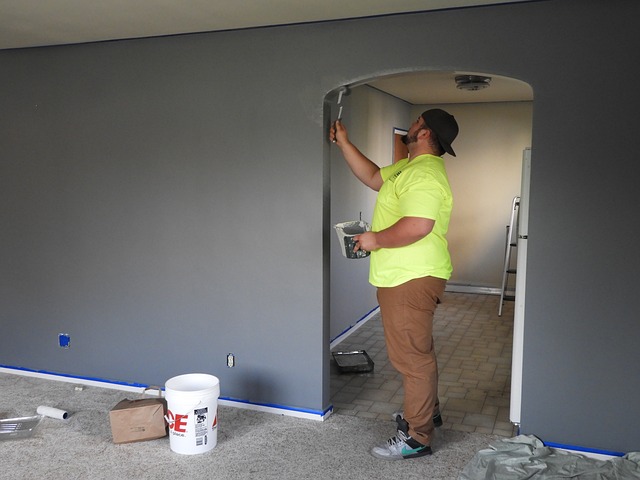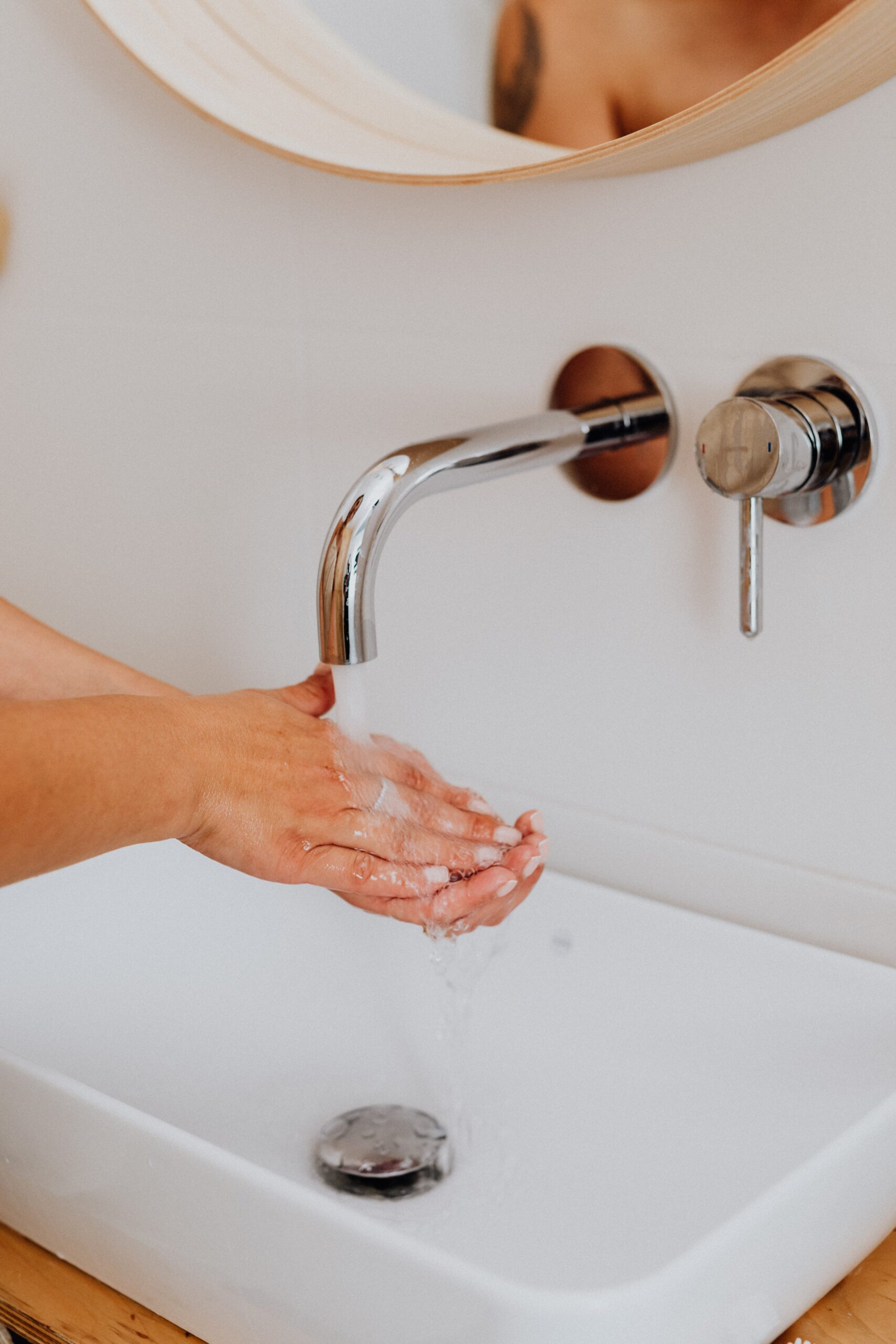- Plumbing leaks, poor ventilation, inadequate insulation, exterior leaks, and poor drainage can lead to wall moisture.
- Moisture can lead to mold growth, drywall damage, health problems, and increased repair costs.
- Preventive measures include fixing leaks immediately, improving ventilation and insulation, and addressing exterior leaks.
- Home renovations for moisture prevention involve installing wall trims, applying waterproof paint, adding vapor barriers, and upgrading windows.
- Proactively preventing moisture-related issues can save homeowners from costly future repairs and health hazards.
Your walls may be the most vital part of your house, but they are not impervious to water damage. Even a tiny amount of moisture trapped in the walls can lead to big problems if left unattended. Here’s what you need to know about water damage and how to prevent it from happening:
1. Plumbing Leaks
One of the most common causes of moisture in walls is plumbing leaks. Leaky pipes behind the walls can cause mold growth, drywall damage, and harsh smells. You may have a plumbing leak if you notice a sudden increase in your water bill, a damp spot on the wall, or a drop in water pressure. Fixing a leaky pipe immediately is essential to avoid damaging your walls. Call a professional plumber to assess the situation and make the necessary repairs.
2. Poor Ventilation

When your home has poor ventilation, it can cause various issues. It can trap moisture from the shower, your cooking, and other humid sources, creating an environment that fosters mold growth. Over time, mold can destroy your drywall and even cause health problems. Installing an HVAC system or dehumidifier can improve air circulation and keep your walls dry and mold-free.
3. Inadequate Insulation
Inadequate insulation is another way your walls can retain moisture. Homes that lack insulation or have poorly installed insulation can cause condensation inside the walls. This can damage the drywall, peeling paint, and mold growth. Proper insulation can regulate the temperature in your home and prevent humidity and condensation from building up in your walls.
4. Exterior Leaks
Water can penetrate your home’s walls from the outside through cracks in the foundation or siding. This can cause severe damage to your walls, including wet insulation, swollen drywall, and mold growth. Check your home’s exterior regularly for cracks or gaps and seal them before they become more significant issues. Hiring a professional inspector can assess the extent of exterior leaks and offer advice on fixing them.
5. Poor Drainage
Poor drainage can be a severe problem, especially in areas with heavy rainfall. Water can accumulate in and around your home’s foundation, causing the windows, walls, and floors to retain it. This can lead to mold growth, rotted framing, and sagging floors. Ensure your gutters, downspouts, and landscaping work together to redirect water away from your home’s foundation. Installing an interior drainage system can prevent water from collecting inside your walls.

Renovation For Moisture Prevention
There are various ways you can renovate your home for moisture prevention. Here are four ways:
Wall Trims
Installing trims around the walls is essential to create a tight seal between the wall and window or door frames. This will prevent air leaks, which can cause condensation. Consider installing quarter-round trims for corners that might be difficult to seal. Protecting your walls from condensation and other moisture problems is a great choice.
Waterproof Paint
Waterproof paint is another effective way to prevent moisture from damaging your walls. This type of paint creates a barrier that prevents water and moisture from penetrating your walls. It is beneficial in rooms with high moisture levels, such as bathrooms, laundry rooms, and basements. Additionally, it can help extend the life of your walls.

Vapor Barriers
Vapor barriers are materials used to resist moisture diffusion through your home’s walls, ceilings, and floors. Installing them during your home renovation can help prevent moisture problems. They are particularly beneficial in regions with significantly different indoor and outdoor temperatures.
Upgrade Your Windows
Old, drafty windows can cause condensation, leading to mold growth on your walls. Consider upgrading to double-glazed windows. They can help insulate your home, reducing the likelihood of condensation and keeping your walls dry. Furthermore, ensure your windows are well-sealed to prevent moisture from seeping in. Caulk and sealants are also excellent ways to waterproof areas around the windows, doors, and other areas prone to moisture infiltration.
Moisture and water damage can wreak havoc on your home, causing severe structural damage and potential health issues due to mold growth. Awareness of the common causes of moisture in walls and proactive measures to prevent them can save you from costly repairs in the future. Careful attention to your home’s plumbing and drainage system to thoughtful renovations and window upgrades can keep your home healthy, safe, and dry. Remember, it’s always better to prevent moisture problems than to deal with the aftermath. With these strategies in mind, you can safeguard your house against the damaging effects of moisture.


